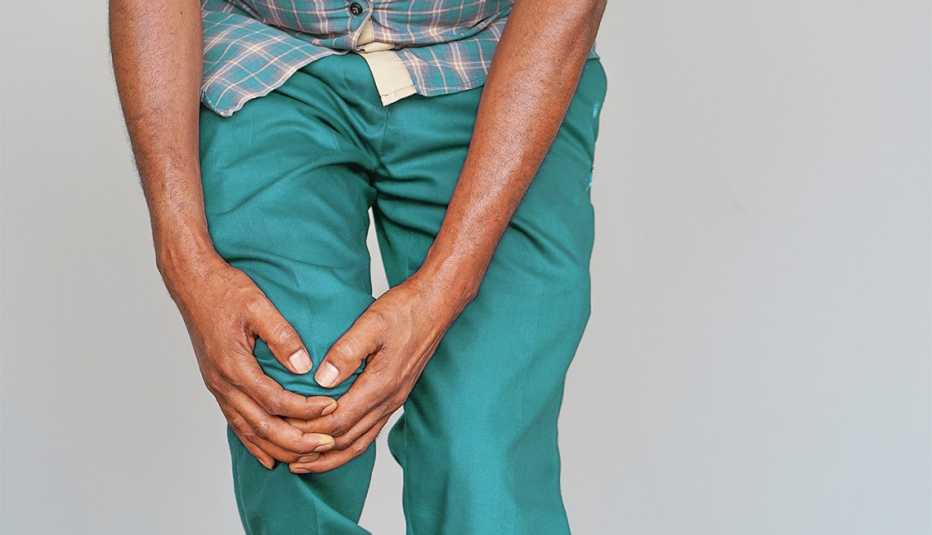AARP Hearing Center
Gout was historically known as a “disease of kings” because many of those who suffered from it overindulged in rich foods and alcohol.
These days, however, it’s more of a disease of the masses.
In the last 30 years, the prevalence of gout in the United States and the world has more than doubled, research shows. About 4 percent of U.S. adults — more than 8 million people — have been diagnosed with gout, a painful condition that is now the most common form of inflammatory arthritis, according to a 2019 study in Arthritis & Rheumatology.
Experts believe the recent rise in gout cases is linked to the increasing prevalence of obesity and high blood pressure. Being overweight and taking diuretics for high blood pressure are both risk factors for gout.
Risk also increases with age. An estimated 13 percent of men and 6 percent of women have the disease by age 75, according to research.
Men are twice as likely to develop gout, at least until age 60, because women’s hormones help protect them from the condition, says Jasvinder Singh, M.D., a professor of medicine and epidemiology at the University of Alabama Birmingham and director of rheumatology research at Birmingham Veterans Medical Center. After menopause, women become more susceptible.
It brings on intense joint pain
Gout, one of the earliest recorded diseases, is caused by a buildup of extra uric acid in the body. The uric acid deposits crystals in the joints, causing swelling and extreme pain.
The most common joint affected is the one at the base of the big toe. But gout can affect any joint — including your ankle, knee or elbow — and when it does, you’ll know it.
“You’ll be normal, feel fine, and then you suddenly have this really intense pain,” says Philip Chu, M.D, a rheumatologist at Duke Health.






































































